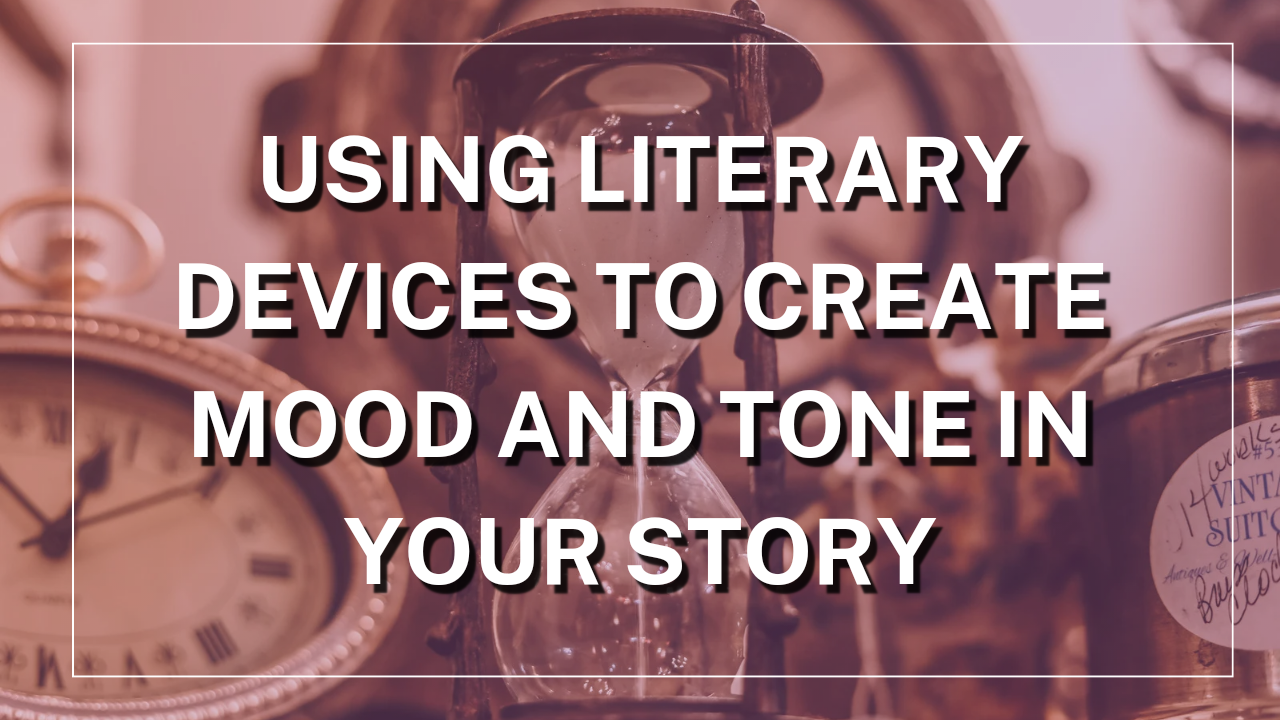As writers, we strive to craft stories that transport our readers to new worlds, evoke powerful emotions, and linger long after the final page is turned. One of the most effective ways to achieve this is by harnessing the power of literary devices. In this blog, we’ll explore what literary devices are and how you can use them to create mood and tone in your story.
1. What are literary devices? Literary devices are techniques used by writers to convey meaning, create mood, and establish tone in their writing. These devices can be used to add depth, complexity, and nuance to your story, making it more engaging and memorable for your readers. It enhances your writing and gives it a deeper meaning.
2. Why use literary devices? Literary devices can be used to evoke emotions in your readers, from the eerie and suspenseful to the humorous and satirical. It can add layers of meaning to your story, making it more engaging and memorable for your readers. It allows you to be creative with your words and add complexity to your work with simple words.
3. Where to use them? Literary devices can add layers of meaning to your story, making it more engaging and memorable for your readers. Try out different devices to see what works best for your story. Too many devices can overwhelm your readers and detract from the story. Select devices that reinforce the mood and tone you’re trying to create.
4. A few examples:
- Foreshadowing: “As Sarah locked the creaky door, a chill ran down her spine, and she couldn’t shake the feeling that she might never open it again.” (Creates a sense of foreboding and unease)
- Metaphor: “The city was a beast, its streets and alleys pulsing with a life of their own.” (Creates a sense of energy and vitality)
- Imagery: “The golden sunlight filtered through the trees, casting dappled shadows on the forest floor.” (Creates a sense of peace and tranquility)
- Symbolism: “The wilted rose lay forgotten on the windowsill, its petals crumbling into dust.” (Creates a sense of lost love or fading beauty)
- Irony: “The fire station burned to the ground during the town’s safety awareness week.” (Creates a sense of surprise and absurdity)
5. A few tips: When choosing the literary devices, make sure that the effects of the literary device align with the theme of the story. It is also necessary to understand the type of audience while using literary devices. If your target audience for the story are people who might find it difficult to understand literary devices then it is best to use fewer and simpler literary devices rather than a complex one that could only be understood by literature students or professionals.
By incorporating literary devices into your writing, you can create a rich, immersive, and engaging narrative that draws your readers in and refuses to let them go. So, keep this blog on your mind when working on your next story.

